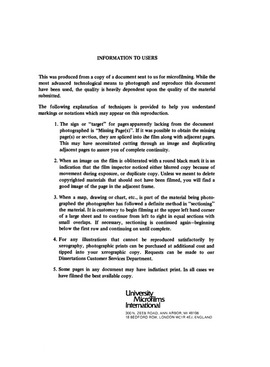| dc.contributor.author | Feldt, Andrew Neil, | en_US |
| dc.date.accessioned | 2013-08-16T12:27:58Z | |
| dc.date.available | 2013-08-16T12:27:58Z | |
| dc.date.issued | 1980 | en_US |
| dc.identifier.uri | https://hdl.handle.net/11244/4701 | |
| dc.description.abstract | The Sobolev method has been applied to the solution of the satistical rate equations for multi-level representations of singly ionized silicon and neutral hydrogen for various models of supernova envelopes. The physical models are based on the power law models of Branch {1977}. The electron temperature in the envelope is taken as isothermal or as decreasing outward in the envelope as derived for a gray, spherical atmosphere. Radiation is treated for two cases. In the dilute case, the radiation field is simply the dilute photospheric radiation except when the continuum becomes optically thick where it is replaced by the diffuse radiation field in the approximation given by Castor and Van Blerkom {1970}. In the discontinuous opacity case, the size of the photosphere is allowed to extend indefinitely for frequencies greater than some transition frequency. Thus, some lines and continua are treated in the dilute case while others see only the local radiation. In all cases the resulting source functions and line optical depths are compared to those obtained by less detailed calculations with good agreement. | en_US |
| dc.format.extent | viii, 81 leaves : | en_US |
| dc.subject | Physics, Astronomy and Astrophysics. | en_US |
| dc.title | Non-LTE effects in supernova envelopes. | en_US |
| dc.type | Thesis | en_US |
| dc.thesis.degree | Ph.D. | en_US |
| dc.thesis.degreeDiscipline | Homer L. Dodge Department of Physics and Astronomy | en_US |
| dc.note | Source: Dissertation Abstracts International, Volume: 41-02, Section: B, page: 0596. | en_US |
| ou.identifier | (UMI)AAI8016927 | en_US |
| ou.group | College of Arts and Sciences::Homer L. Dodge Department of Physics and Astronomy | |
